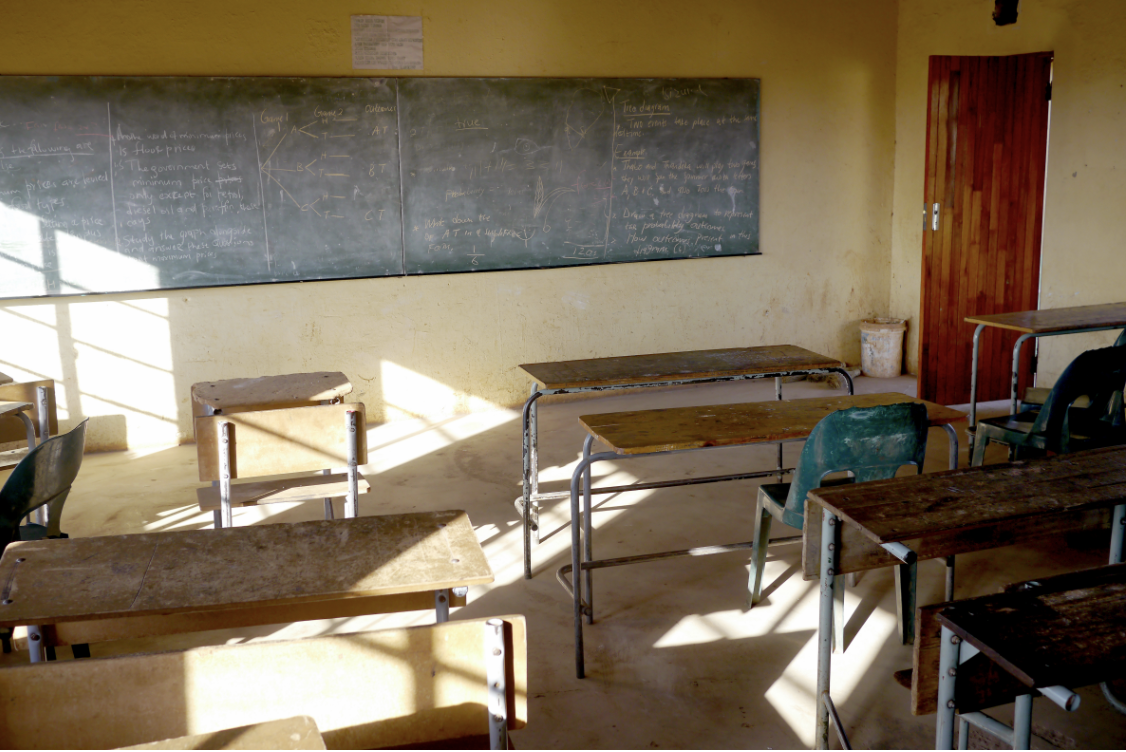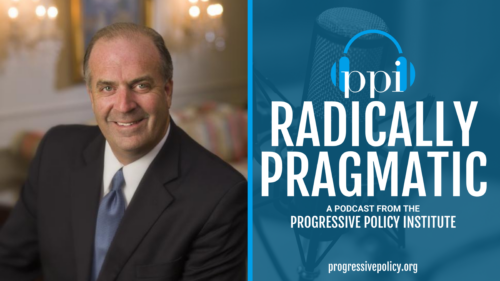FACT:
Solar power installation in the U.S. is suddenly slowing down.
THE NUMBERS:
Solar power as share of U.S. electricity generation
2050: 22%*
2021: 4%
2010 1%
* “Annual Energy Outlook 2022”, Energy Information Administration, reference case, assuming no major change in policy or external environment.
WHAT THEY MEAN:
A cautionary tale, unfolding this spring in the American solar power industry, as hopes of “de-carbonization” in electricity begin to clash with an “industrial strategy” meant to promote photovoltaic manufacturing in part through reliance on tariffs, and a recently booming U.S. solar power-generation industry suddenly begins to fade.
“De-carbonization”: One of the Biden administration’s top-tier climate policy goals is to use less coal and other greenhouse gas-producing hydrocarbons, and use more alternative energy sources, to generate electricity. Solar power, a core element of this effort, provided about 4 percent of U.S. electricity in 2021, up from less than 1 percent a decade ago. With a battery of tax incentives, government purchases, and other policy tools in place, U.S. homes, buildings, and utilities added 23.6 gigawatts of solar capacity – just under half of all new U.S. electricity generation – last year. The Energy Department’s yearly “Annual Energy Outlook”, released in March, predicts that all else equal, the solar share of U.S. electricity will reach about 10% in 2030 and 22% – in practical terms, about 1,000 gigawatts of a total just above 5,000 gigawatts – by 2050.
“Industrial strategy”: Meanwhile, the administration also hopes to use U.S. government policy tools to help make the U.S. a large producer of (among many new products) the actual photovoltaic cells, modules, and panels that turn the sun’s light and heat into electricity. Most of these are now made in and imported from Asia, where rapidly growing capacity has helped to drive down solar panel prices by about 90% over the past decade. China makes about 70% of the world’s output, Southeast Asia 15%, and Korea 5%. The U.S. is at about 3% of world production – a small fraction of world output, but not a trivial total, which translates to about 7.5 gigawatts of electricity, or about a third of annual U.S. solar power installation. A series of trade law complaints from U.S. manufacturers over the past decade have tried to shift this balance through appeals for tariffs. The outcomes have been equivocal to date; the newest such effort, however – an ‘anti-dumping’ case filed by a small California company – may be enough to set back actual American use of solar power for years. To review –
(1) The normal (“MFN”) tariff on photovoltaic cells, modules, and panels is zero. Beginning in 2012 and 2014, “anti-dumping” and “countervailing duty” suits have imposed tariffs on Chinese-made photovoltaic cells and modules in a range (depending on the company) of 13.3% to 249.95%. These laws are deliberately depoliticized, with litigation handled by civil servants, and currently oversee “orders” (i.e. tariffs) on 644 products (mostly steel) to offset respectively unfairly low pricing and subsidies defined by the intricate terms of the two laws’ 1994 revision. Cabinet officers, presidents, and similar individuals have little ability to change these decisions.
(2) As frequently happens with tariffs, however, the main effect of the 2012 and 2014 decisions seems to have been to shift buyers’ orders a bit south, particularly to Malaysia, Vietnam, Thailand, and most recently Cambodia. A second suit led the Trump administration in 2018 to impose a complex four-year global “safeguard” tariff lasting for four years, beginning at 30% and scaling down to 15% in 2021, and applied when solar panel imports rose about 2.5 gigawatts. Known as “Section 201” in trade-bar jargon, the safeguard contrasts with the anti-dumping and countervailing duty laws, as it allows Presidents to set a wide variety of import management or restrictions, or alternatively to decline any action on grounds of larger national interest. The 2018 tariffs expired last February, and based on a recommendation from the International Trade Commission, the Biden administration decided (a) to extend the safeguard for four years, but (b) raised the duty-free level to 5 gigawatts – more or less the current level of cell and module imports – and eliminated tariffs on the “bifacial” panels especially popular with utilities.
(3?) Most recently, in April the Commerce Department began investigating yet another anti-dumping suit, from a California company, alleging that the Vietnamese/Malaysian/Thai/Cambodian suppliers of panels are taking Chinese panels and reselling them. This has opened the possibility of *retroactive* tariffs – in principle, as high as 250 percent, though as with the Chinese case potential outcomes likely would vary by source – as well as higher future costs. This may be more than the recently strong U.S. market for solar power can absorb: a survey by the Solar Energy Industry Association three weeks ago, for example, finds Association members delaying or scaling back 318 of their 596 current utility-scale projects out of concern over the costs and penalties this new antidumping case may bring It has also led to a decision to extend the life of two Indiana coal-fired electricity plants for two years.
In general, then, a lesson in the limits and drawbacks of tariffs as industrial strategy tools; an illustration of the potential resulting clash of industrial strategy and decarbonization, as the cost of tariffs begins to overpower the tax incentives and purchasing policies meant to promote renewable energy; and a sudden question about hopes for rapid “de-carbonization” in electricity. Not at all an outcome anyone would want; but one, depending on the next steps in this new case, in which the most damaging outcomes can still be averted.

FURTHER READING
The Energy Information Administration has energy data, trends, and projections in “Annual Energy Outlook 2022.”
National Economic Council Chair Brian Deese outlines a broad concept of industrial strategy, with climate change and clean energy as a core example. A key paragraph:
“By enacting long-term, technology-neutral incentives to generate zero-carbon energy and innovation, we can lay the foundation for more American-made clean-energy technologies and bolster domestic supply chains. We can partner with allies to expand our collective capacity to produce clean energy, while opening new export markets for American products. And we can do it in a way that lowers immediate costs for Americans, keeps our affordable-energy advantage, and accelerates growth in energy communities transitioning toward industries of the future.”
Full text.
The National Renewable Energy Laboratory has a primer on solar cell, panel and module manufacturing.
Also from the NREL, a very useful summary/timeline of the intricate web of production data, trade flows, and the now-intricate web of anti-dumping, countervailing duty, and safeguard tariffs on photovoltaic cells and modules.
Expert recommendation, December 2021: The U.S. International Trade Commission’s 593-page report recommending extension of the 2018 ‘safeguard’ tariffs on solar panels, cells, and modules, with analysis and data on production and trade.
“If you’re not into the whole brevity thing”, February 2022: The White House’s epically verbose announcement (“Proclamation of action to continue facilitating positive adjustment to competition of certain crystalline silicon photovoltaic cells, whether or not fully assembled into other products”) of extension of the safeguard tariffs.
A new suit, April 1, 2022: the Commerce Department announces a new anti-dumping investigation.
And its impact, April 26, 2022 – The Solar Energy Industry Association surveys worried members, finds sudden pullbacks, delays, and interruptions of solar power projects.
ABOUT ED
Ed Gresser is Vice President and Director for Trade and Global Markets at PPI.
Ed returns to PPI after working for the think tank from 2001-2011. He most recently served as the Assistant U.S. Trade Representative for Trade Policy and Economics at the Office of the United States Trade Representative (USTR). In this position, he led USTR’s economic research unit from 2015-2021, and chaired the 21-agency Trade Policy Staff Committee.
Ed began his career on Capitol Hill before serving USTR as Policy Advisor to USTR Charlene Barshefsky from 1998 to 2001. He then led PPI’s Trade and Global Markets Project from 2001 to 2011. After PPI, he co-founded and directed the independent think tank ProgressiveEconomy until rejoining USTR in 2015. In 2013, the Washington International Trade Association presented him with its Lighthouse Award, awarded annually to an individual or group for significant contributions to trade policy.
Ed is the author of Freedom from Want: American Liberalism and the Global Economy (2007). He has published in a variety of journals and newspapers, and his research has been cited by leading academics and international organizations including the WTO, World Bank, and International Monetary Fund. He is a graduate of Stanford University and holds a Master’s Degree in International Affairs from Columbia Universities and a certificate from the Averell Harriman Institute for Advanced Study of the Soviet Union.
Read the full email and sign up for the Trade Fact of the Week










